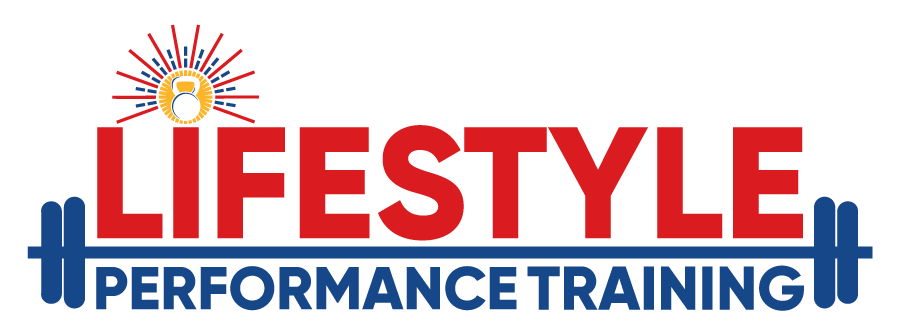“I have to be able to run for ROTC, but I also want/need to keep up my leg and core strength. When doing squats, should I go heavy enough to use a belt, or just work up to a good weight I can handle without a belt and work with that?”
Many people find themselves with jobs that require certain fitness expectations, such as military, police, and fire fighters; that don’t necessarily match the fitness goals they wish to pursue. Finding a balance between what is needed for work and what you wish to achieve personally is key.
First I will say that typically I don’t recommend training to a point where additional support like a belt, grip supports, or anything similar is needed. If you are being held back from your strength goals due to the limitations of support groups like balance, core, or grip strength, then that should be where you put your focus to allow you to move forward again. Training the primary muscles beyond what the rest of the body can support can prove hazardous and often lead to injury when not in the gym and typically not thinking about form and technique.
Another important principle to keep in mind with your training is that the muscle will only be able to perform as you train it. You cannot train for one repetition maximums and expect to do well in an endurance event. Nor can you train for endurance and expect to do well in a short all out demand of the muscle. That being said, very few athletes will train the exact same way all year round. What you will need to do if you have fitness goals different from work needs is first assess which is more important to you, the work fitness demands or the personal fitness goals. Often times better scores on fitness tests can lead to better choices for employment in these lines of work, in which case the work fitness should take precedence. However, if just simply passing is all that matters, that is your choice.
Once you have decided which focus will take priority, you will then need to look at the schedule of when you will be tested for work. With this schedule you can then set up an in-season and off-season training program. If maximizing your fitness scores for work is your main priority then you will want to make the 2-3 months prior to the test as your in-season training time. Your in-season training program focus should match the needs of what the fitness test requires. While your off-season training program can be different but should still keep in mind what you will need to train for again in-season.
If you are looking for assistance with specific training program assistance feel free to call 480-463-0364 or email [email protected] to set up an appointment for a complimentary assessment to go over your training needs.

